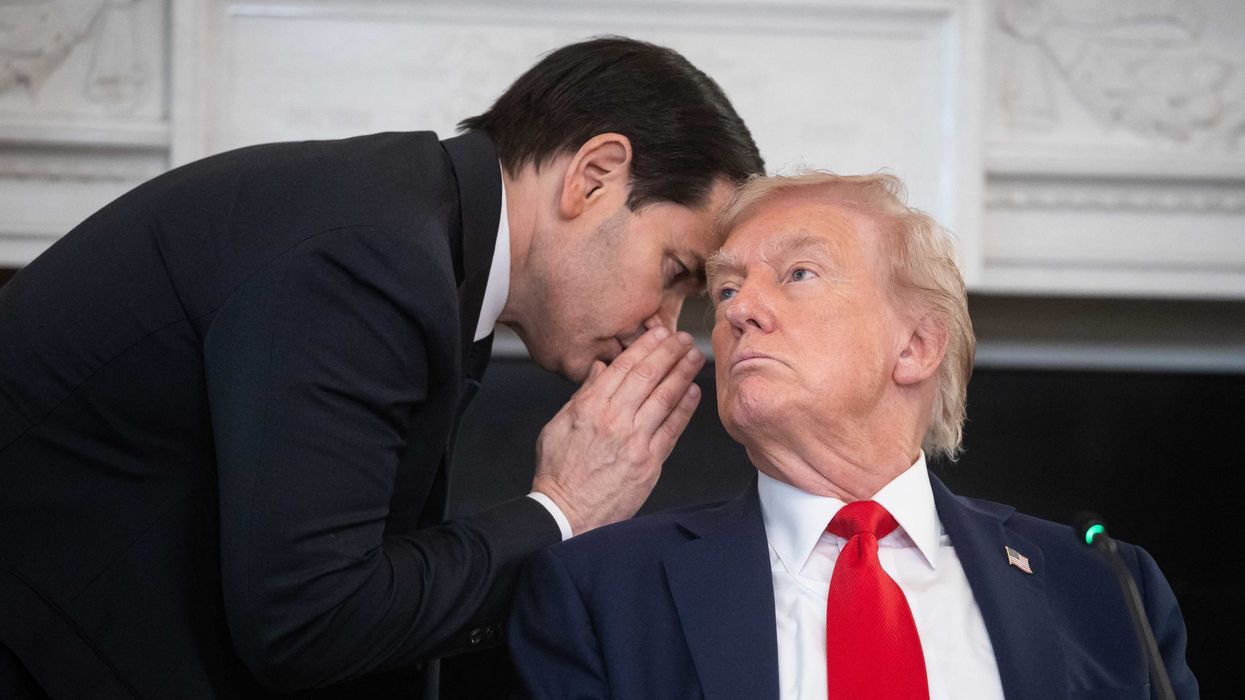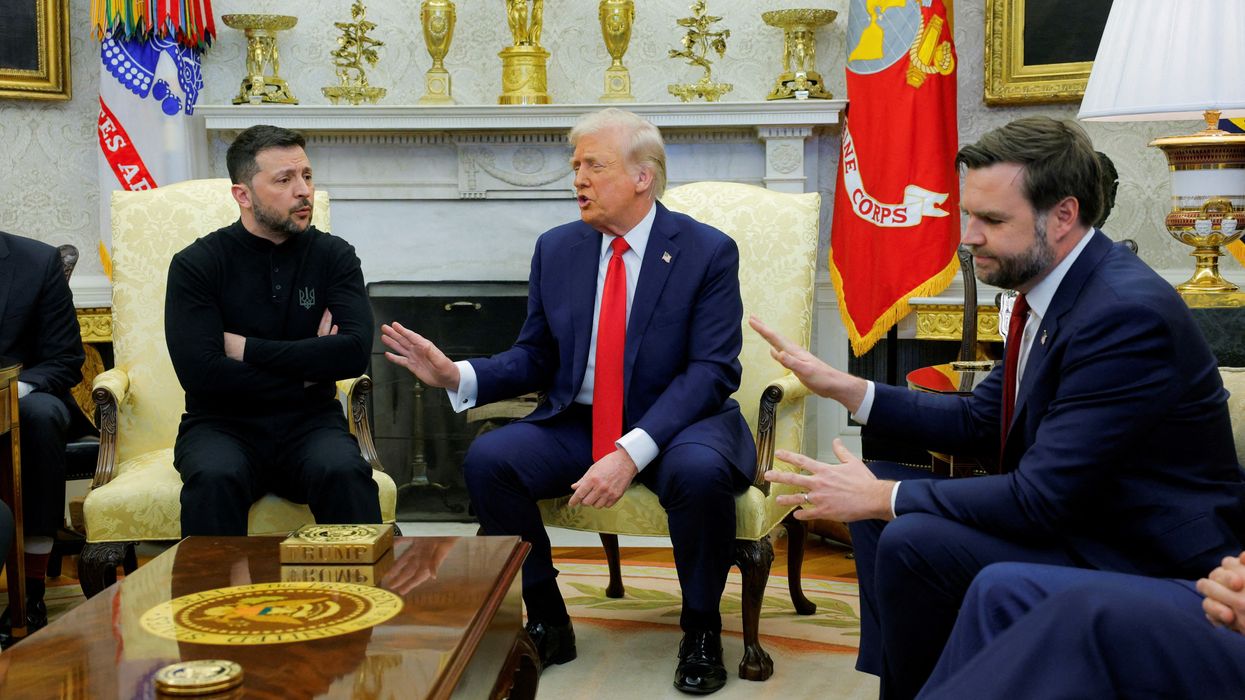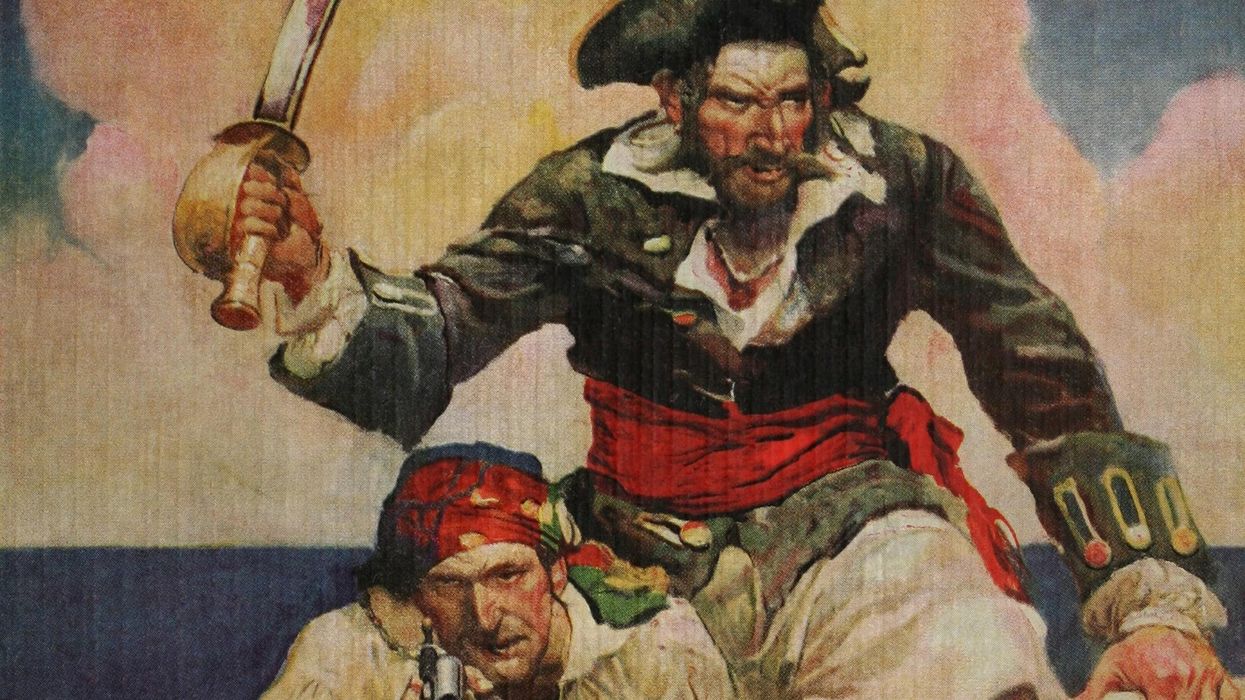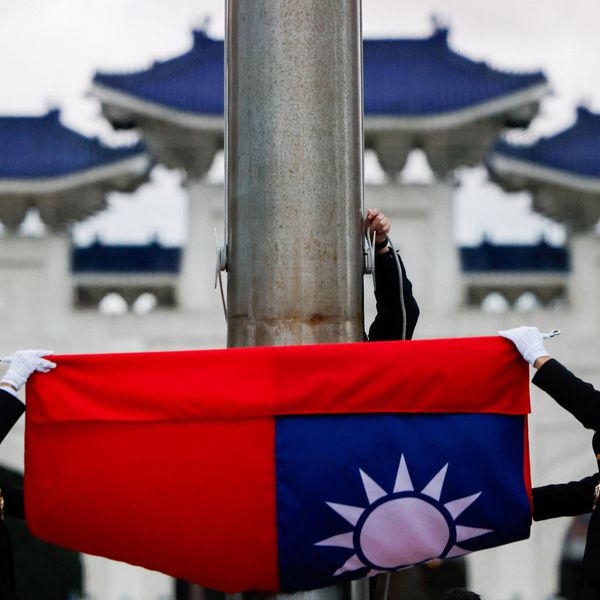This is part of our weeklong series marking the one-year anniversary of the Russian invasion of Ukraine, February 24, 2022. See all of the stories here.
Few experts had predicted Russia’s war against Ukraine would be a long one. Once it became clear that Ukrainians had an incredible, and unforeseen, capacity and will to resist, forecasts moved on the impact of Russia’s miscalculations. In the first months of the invasion, Western media were filled with projections that Russia would run out of weapons and ammunition within a few weeks or months. Declarations about Russia’s imminent collapse, economically and politically, became commonplace.
One year later, the lessons are sobering. True, there have been impressive successes. The first being the heroism of the Ukrainian nation, which has demonstrated incredible resilience, reinventing its nationhood around new themes of identity and new horizontal practices of community belonging and mutual assistance.
The second success has been the unity of the European Union, despite some internal tensions between the most zealous supporters of Kyiv (Poland, Baltic states) and the more cautious ones (Germany and France), and between Brussels and a reluctant Hungary. But still, given the enormous challenges, both militarily and economically, Europe has pretty well managed a crisis it was neither prepared to deal with nor even imagined possible.
But outside of these two successes, the picture looks pretty grim. The humanitarian cost of the war for Ukraine is high (8 million externally displaced, 6 internally displaced, several million people in need of humanitarian assistance, and at least 100,000 to 150,000 killed, including both military and civilians). The reconstruction of the country will be of an incommensurable scale, estimated at aroundUSD 600 billion so far, and while it could be a unique opportunity for a new Ukraine to emerge, it could also become a quagmire both logistically and financially.
Contrary to Western expectations, Russia is down but far from out. It has been able to reinvent itself amidst the sanctions, both by bypassing them through third-parties and updating old Soviet traditions of dealing with a culture of ‘deficit,’ i.e. inventing informal ways to find spare pieces or medications, blending technological parts from different countries and different ages to make things work, and increasing domestic capacities of production.The impact of sanctions will be raising in 2023, and it remains to be seen how the country will deal with them in the medium and long term.
The Russian regime has been shaken yet it is still there, with almost no defection from the elites, more repressive mechanisms, and a military machine that is dysfunctional but still performing. Obviously, if the war were to continue for long, the political order in Russia could be impacted. So far, many Russian citizens have courageously resisted the war movement, and if new repressive laws have silenced them, individual acts of resistance are still happening. About a million Russians, mostly young and educated, have left, contributing to one of Russia’s endemic problems, its brain drain. But the large majority of Russian society has entered into what Jeremy Morris calls ‘defensive consolidation,’ a mix of siding with the regime even if it may be wrong, not questioning it in times of challenges, sharing both patriotism and fear of state repressions or horizontal social pressures, and a deep dive into private life to avoid cognitive dissonance.
On the international scene, the West, especially the US, seems to be in an optimistic mood, portraying the war as a conflict between the free world and old dictators, which is reminiscent of Cold War culture, with a twist of metaphysical language thrown in about the fight between Enlightenment and Darkness—a mirror game with Russia’s own narrative about the war as a civilizational conflict.
But there are rather few reasons for optimism – much less self-congratulation. The war has accentuated the divides between the “West” and the “rest” as shown by a report from Columbia University’s Center for the Future of Democracy: World public opinions are more divided than ever in their views of the US, Russia, and China.
The Global South has refused to be lectured by the West and to succumb to Western pressures about applying sanctions against Russia. It continues to see the war as a conflict specific to the North, between two imperialisms and normative orders that drags the rest of the planet far away from the real collective challenges—redistribution of wealth, climate change, sustainability, food security, better representation of the South in international organizations, and the like.
Even in the West, a growing chorus of voices are starting to question the long term financial and political cost of a very intensive war. US assistance to Ukraine, both military and humanitarian, has been calculated at $50 billion for the year 2022 and is projected to increase in 2023. Europe is providing less support but pay a heavier price in terms of economic and humanitarian support. The U.S. defense community, worried about China’s increasing assertiveness toward Taiwan, wonders about the risk of having to deal with two simultaneous fronts and would like to be done with the Ukrainian war theater before something happens in Asia.
Everywhere in the world, military-industrial complexes are booming and as military expenditures reach unprecedented levels, the global disarmament project gets put on the back burner. The White House has proposed the largest-ever military budget in the country’s history—and yet the US military budget has been already about eight to ten times higher than the Russian one and NATO countries are said to be on the verge of running out of ammunitions because Ukraine is using them at a faster pace than its partners can supply it.
Meantime, the fighting seasoning that has just opened, with Russia’s renewed offensive in the Donbas, could be decisive: Any major victory by one or the other party before next winter arrives will be a key factor for a negotiated – or forced – settlement.
Yet this doesn’t appear so far as the most obvious scenario. Ukraine, with Western support, can probably stop Russia’s attempt to gain new territories, but may not be able to push Russian troops back to February 24, 2022 borders, even less to Ukraine’s recognized international borders of 2014.
In case neither Kyiv nor Moscow are able to achieve major military victories on the ground this spring-summer, the prospect of a third year of conflict risks cooling the West’s current enthusiasm for the war. Europe will have difficulties expending itself economically to support the war effort at its current scale; and the US will be dominated by the forthcoming presidential elections and a Republican race that could make reducing support to Kyiv one of the key themes of the campaign.
It is also possible that in Ukraine itself, voices for a settlement with territorial concessions in exchange for preservation of lives, economic reconstruction and an accelerated path toward EU membership could emerge. But the contrary scenario is also likely, and in that case, the willingness of Ukrainians to continue fighting to get their territories back at any cost may collide with a more cautious Western approach—and this would be a bitter lesson for Ukrainians and their closer allies.
Moreover, even in the case of a ceasefire happening, long term issues facing Ukraine and Russia will remain on the table well past the end of the military fighting per se. They include the status of Ukraine as de facto member of NATO and EU if not de jure; rethinking of a European security architecture with a new internal equilibrium more favorable to Central European countries than to Western European ones; the reconsideration of Russia’s relationships with the West, largely dependent on how the legacy of the war would affect the durability of the Putin regime; and the symbolic politics of the war (war crimes judgment, legal debates on the genocide qualification, and requests for Russian reparations to Ukraine).
The ramifications of the war will be with us for a long time and prove a massive challenge to Europe’s future.
This piece has been republished with permission from the American Committee for US-Russia Accord.
















